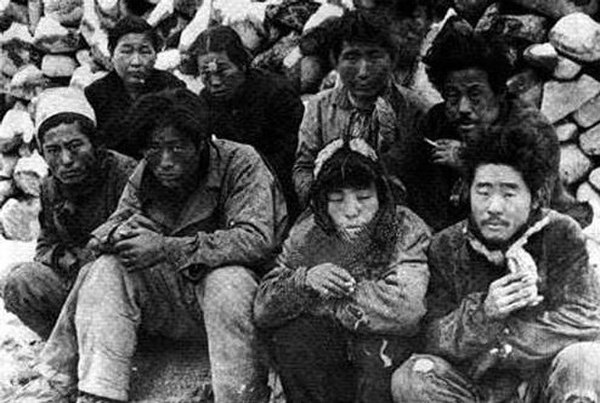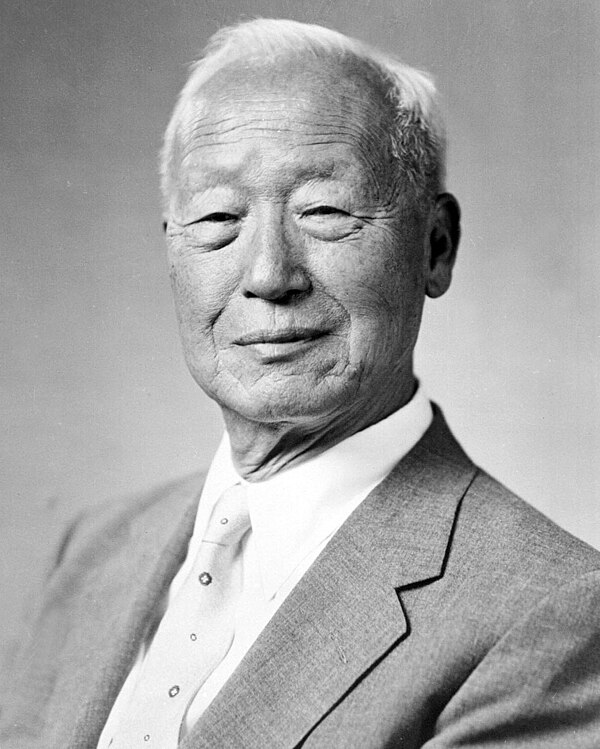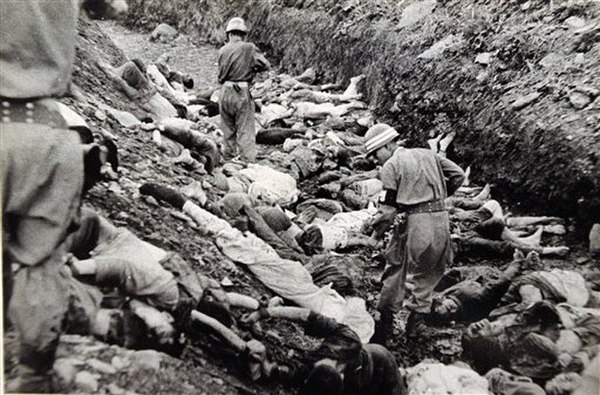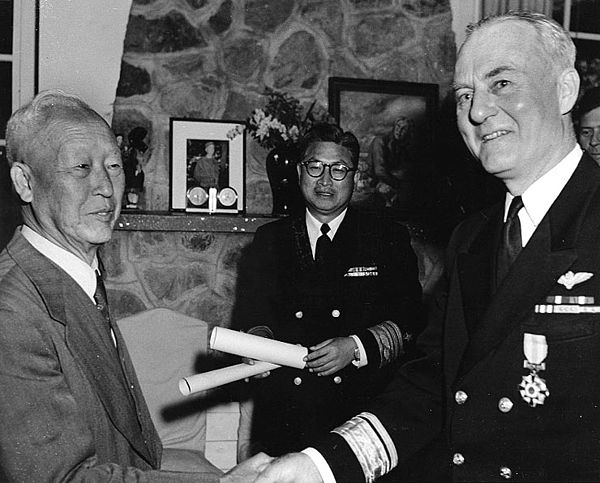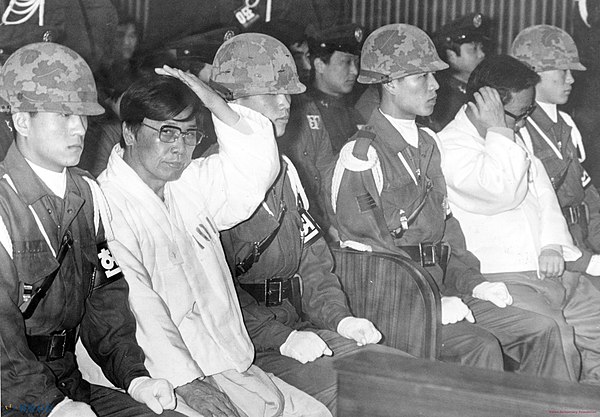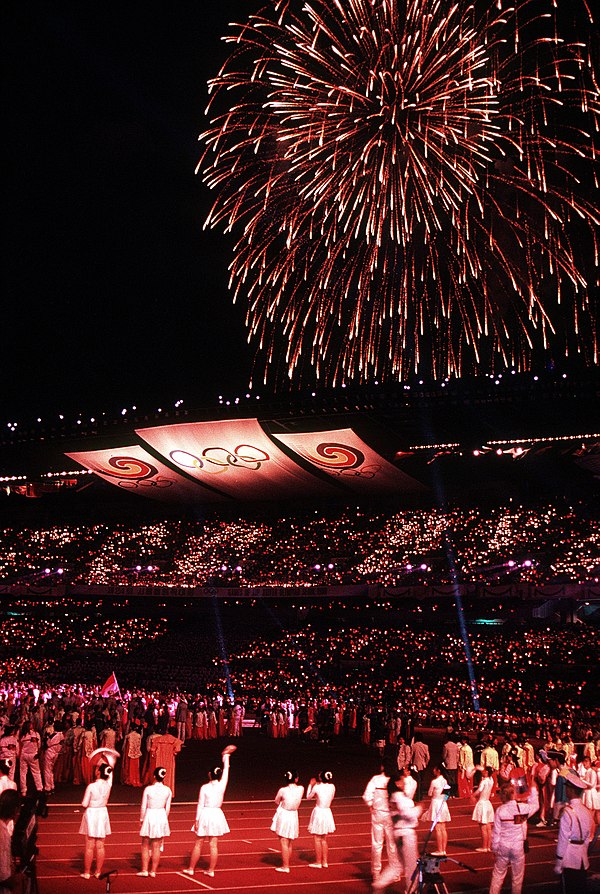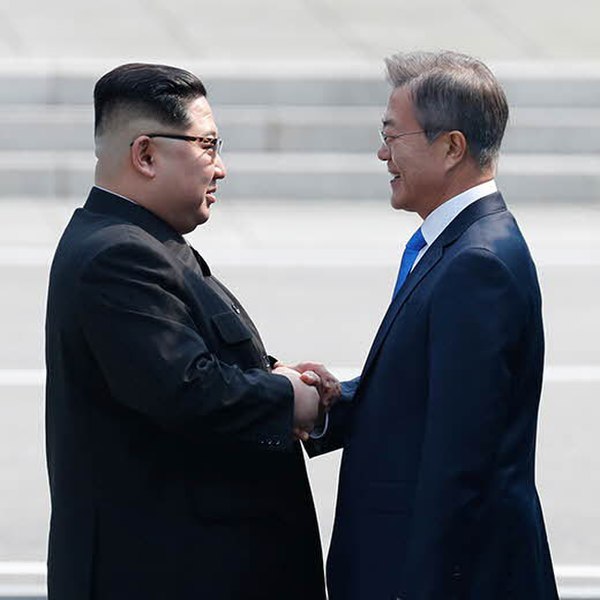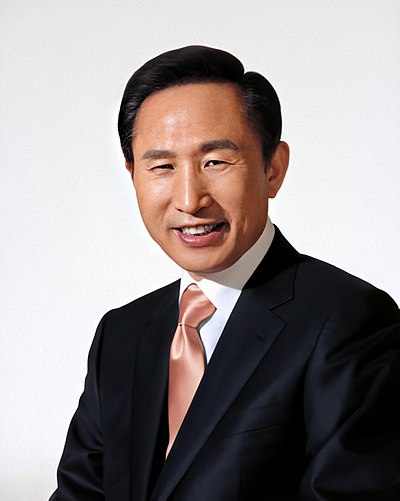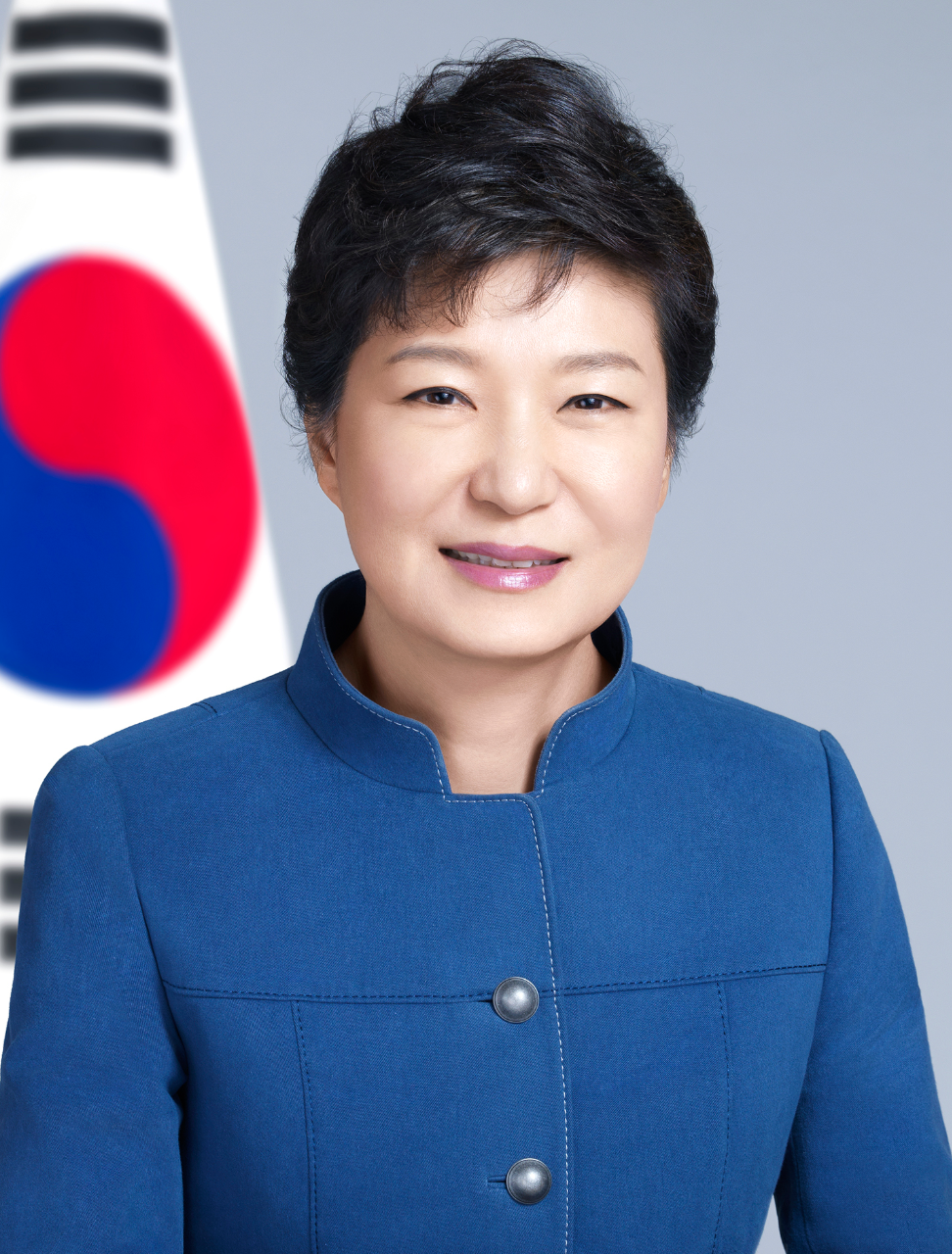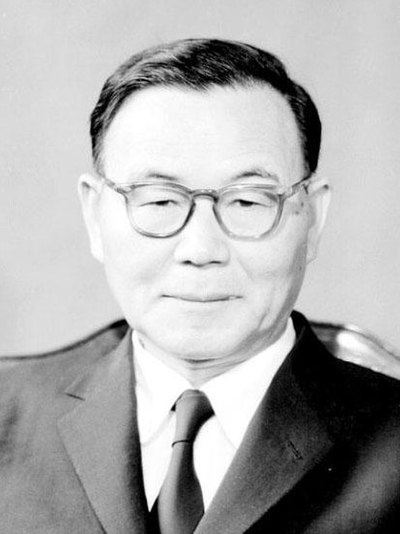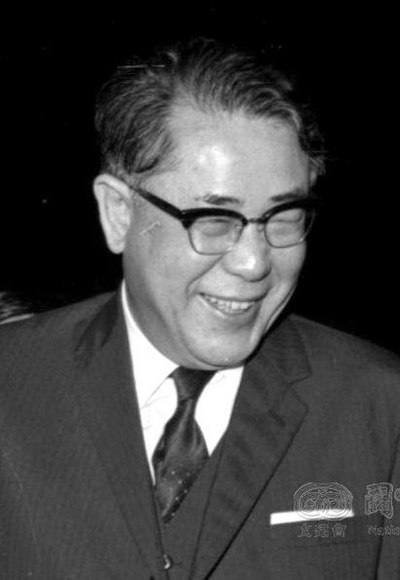
History of South Korea
After the end of World War II in 1945, the Korean region, which was previously part of Japan's territory, was occupied by American and Soviet forces. In 1948, South Korea declared its independence from Japan as the Republic of Korea, and in 1952, when Japan approved the independence of the Korean region under the San Francisco Peace Treaty, it became a fully independent and sovereign nation under international law
On June 25, 1950, the Korean War broke out. After much destruction, the war ended on July 27, 1953, with the 1948 status quo being restored as neither the DPRK nor the First Republic had succeeded in conquering the other's portion of the divided Korea. The peninsula was divided by the Korean Demilitarized Zone and the two separate governments stabilized into the existing political entities of North and South Korea.
South Korea's subsequent history is marked by alternating periods of democratic and autocratic rule. Civilian governments are conventionally numbered from the First Republic of Syngman Rhee to the current Sixth Republic. The First Republic, which was democratic at its inception, became increasingly autocratic until its collapse in 1960. The Second Republic was democratic, but was overthrown in under a year and replaced by an autocratic military regime. The Third, Fourth, and Fifth Republics were nominally democratic, but are widely regarded as the continuation of military rule. With the current Sixth Republic, the country has gradually stabilized into a liberal democracy.
Since its inception, South Korea has seen significant development in education, economy, and culture. Since the 1960s, the nation has developed from one of Asia's poorest to one of the world's wealthiest nations. Education, particularly at the tertiary level, has expanded dramatically. It is considered to be one of the "Four Tigers" of rising Asian states along with Singapore, Taiwan, and Hong Kong.


